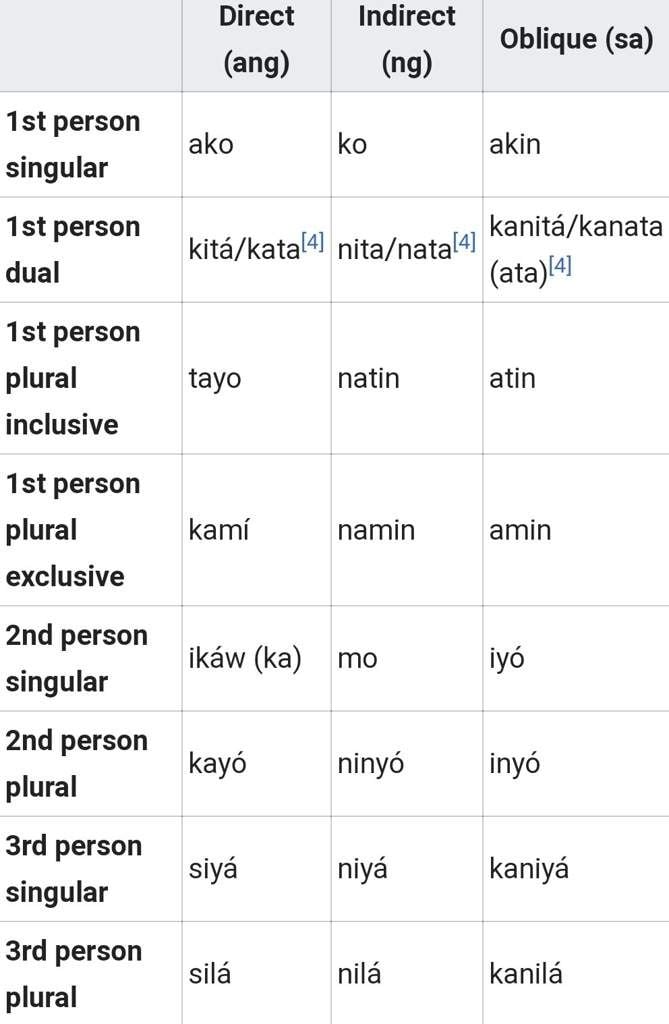@JoshuaC
If it helps with getting your head around it, NG can also be *kinda* translated to "of" in English in the sense of possession.
pangalan mo
name NG-you
"name of you"
your name
bahay ni Juan
house NG Juan
"house of Juan"
Juan's house
("ni" is the same as "ng" but used for people)
bubong ng bahay
roof NG house
roof of the house
You can usually tell whether a NG is grammatical or possessive. It's unlikely that you'll ever run into an ambiguous case. A good rule of thumb is that possessive NGs come right after nouns, while grammatical NGs come right after verbs.
Kinuha ko ang salamin ko.
got NG-me ANG glasses NG-me.
"I got the glasses of me."
I got my glasses.
What can be ambiguous are the grammatical NGs such as in this sentence:
Binigyan ko ang kaibigan ko ng candy.
gave NG-me ANG kaibigan NG-me NG candy.
But another rule of thumb is that the actor, the thing doing the action, is usually very near the verb. So you can assume that NG-me is the one that "gave," and NG candy is what's being given. NG-me is possessive, following our rule of thumb.
gave NG-me = I gave
ANG kaibigan NG-me = my friend
NG candy = candy
I gave my friend candy.
Now, there's also the question of ANG-what's it doing there, and how does it play with the NGs. You see, Tagalog has a 3rd voice-this one is called "locative" or "directional" or some lingo. It marks what *should* be a prepositional phrase with ANG, and everything else with NG. Compare it with this analog, in the "patient" or "object" or something voice:
Binigay ko ang candy sa kaibigan ko.
gave NG-me ANG candy SA friend NG-me.
I gave the candy to my friend.
(SA phrases are analogous to prepositional phrases, with SA by itself encompassing in/at/to/on.)
I should also point out that ANG usually marks what's definite, or what you want to emphasize. That's why it's usually translated to "the" in English.
Of course, there's a lot more to it, but hopefully this helps you get around it.










